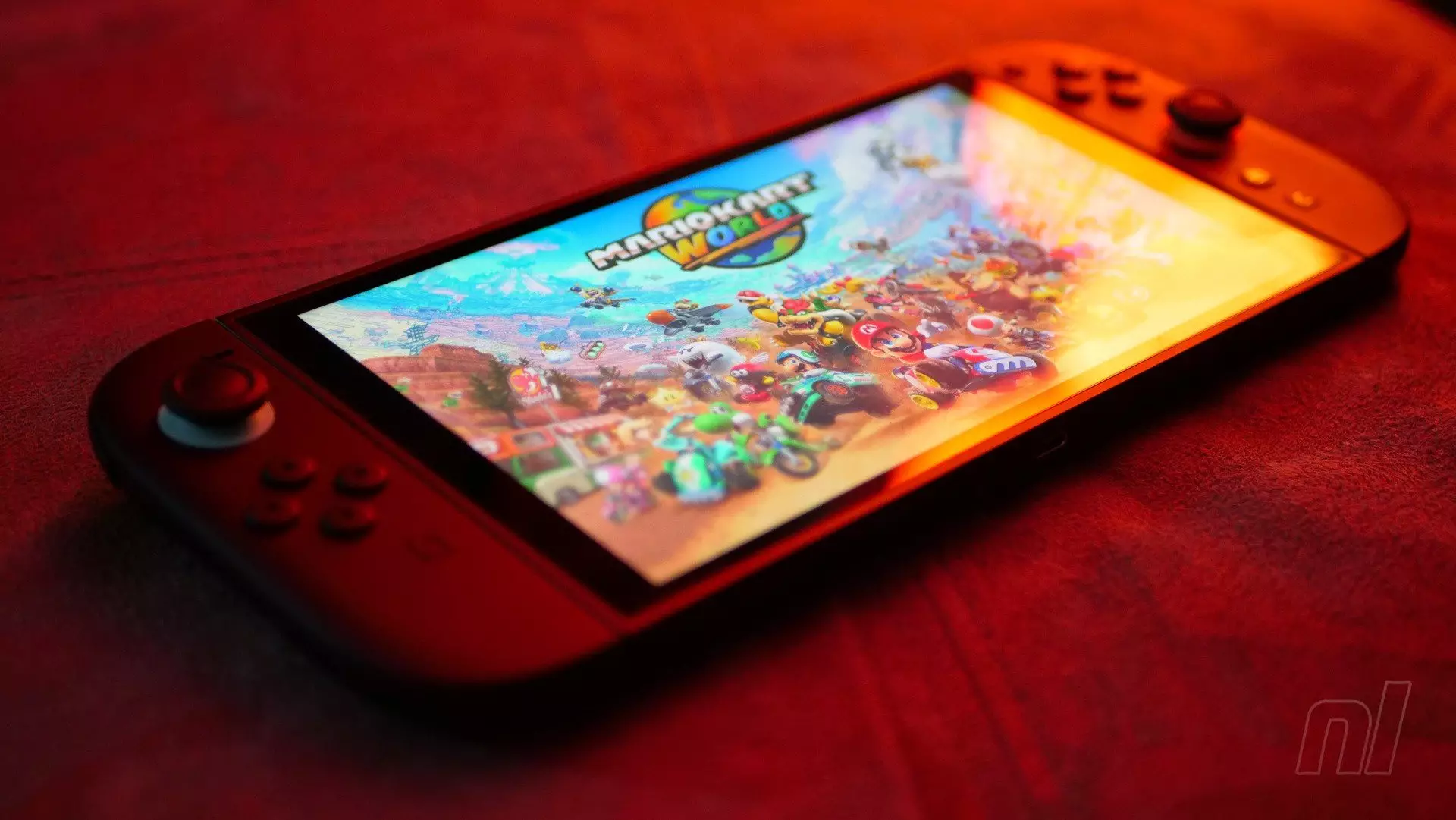Nintendo’s latest innovation, the Switch 2, was eagerly anticipated by gamers worldwide. Enhanced hardware capabilities were expected to bring richer graphics and smoother performance, promising a truly immersive gaming experience. However, this leap in technical power also introduces unforeseen complications—most notably, concerns about overheating. The inclusion of a more advanced cooling fan in the dock, a necessary adaptation to handle increased heat output, hints at a fundamental challenge: Can a compact, portable device contain such high performance without succumbing to thermal issues?
Early Reports Highlight a Potential Flaw
Independent users in Japan have started reporting troubling symptoms—crashes, loud fan noises, and, alarmingly, consoles becoming almost too hot to handle. While some dismiss these anecdotes as isolated glitches, the consistency of reports suggests a pattern that warrants scrutiny. For instance, one user described the console becoming uncomfortably warm, making prolonged gaming sessions impossible. Another noted that the fan went into overdrive during gameplay, prompting questions about whether the system’s cooling solutions are sufficient for the demands placed upon it.
Is Overheating the Real Culprit or Just a Misinterpreted Symptom?
Despite the mounting complaints, clear evidence directly tying these symptoms to critical overheating remains elusive. Instances of game crashes and fan noise could be attributed to various factors, from software bugs to environmental conditions. For example, a user’s report indicated that the console’s fan was unusually loud during a specific game, but it’s unclear if this was due to thermal issues or perhaps a glitch. The ambiguity underscores the importance of cautious interpretation—overheating is a serious concern, but confirmation requires more thorough investigation.
Environmental Factors and User Responsibility
Nintendo’s official guidance echoes the need for proper ventilation, warning against placing the console near heat sources and covering air vents. Such precautions are standard, yet in real-world scenarios, many users neglect these recommendations. The ambient temperature, proper placement of the dock, and even room ventilation can significantly influence the device’s thermal behavior. The fact that many users are experiencing warmth during extended play sessions further complicates the narrative, pushing us to question whether the current cooling measures are appropriately scaled for the hardware’s performance ambitions.
The Path Forward: Balancing Power and Thermal Management
As a tech enthusiast observing these developments, I believe Nintendo faces a critical crossroads. Pushing performance boundaries is essential for staying competitive, but not at the expense of user safety or device longevity. Reassessing cooling solutions, providing clear guidance, and perhaps implementing firmware updates to optimize thermal performance should be top priorities. For now, consumers need to remain vigilant—monitoring their devices and adhering to recommended usage practices—to mitigate potential risks.
In essence, the Switch 2 exemplifies how technological advancement inevitably introduces new challenges. While the promise of greater power is appealing, the manner in which it manages heat will ultimately determine whether this console becomes a revolutionary success or a cautionary tale.

